Latest data: The average housing area of Chinese people exceeds 41 square meters, and the average living area per household is 111 square meters
Author:Daily Economic News Time:2022.06.27
The National Statistics Bureau recently released the "Chinese Census Yearbook -2020" shows that the per capita residential area of households in my country has reached 41.76 square meters, with an average number of houses per household in 3.2, and an average residential area of each household reaches 111.18 square meters.
Among them, the per capita residential area of urban families is 36.52 square meters. In terms of division, the per capita residence area of Guangdong urban families is less than 30 square meters.
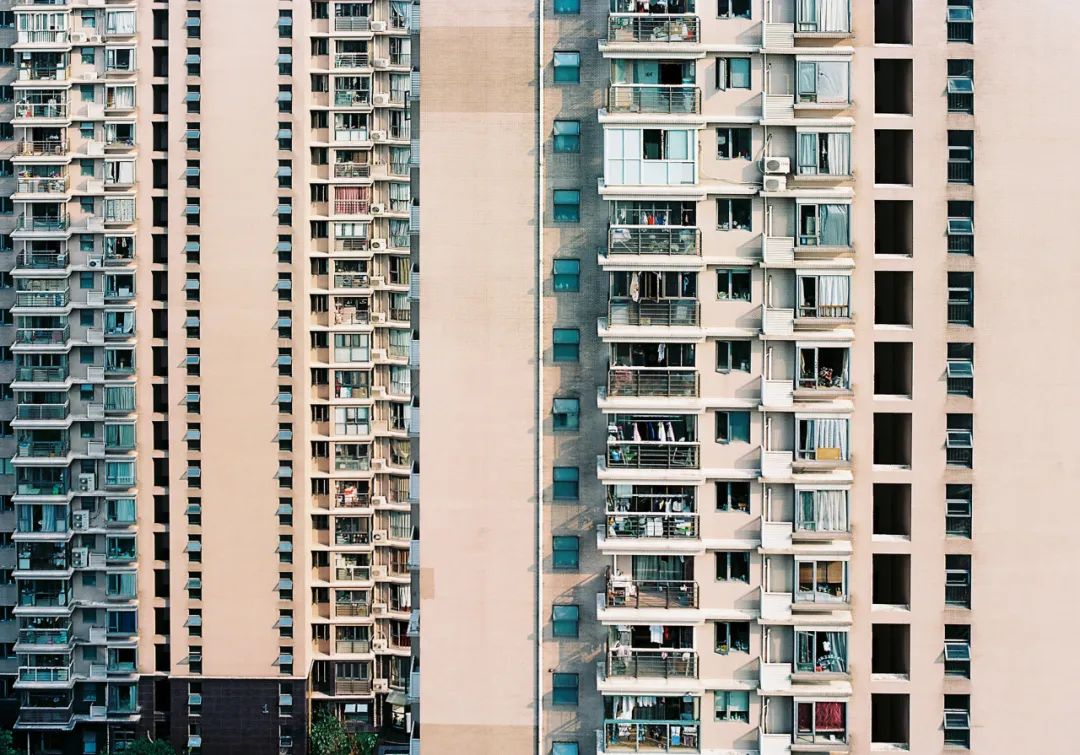
Photo source: Photo Network_500538239

The per capita housing area exceeds 41 square meters
Recently, the National Bureau of Statistics released the "Chinese Population Census Yearbook -2020", which further disclosed the detailed data of the seventh national census, including the marriage and residence of residents across the country. "Census Yearbook" shows that in 2020, the average first marriage age of men was 29.38 years old, and women were 27.95 years. Compared with previous data, the average first marriage age of residents in 2010 was 24.89 years old, the average first marriage age of men was 25.75 years, and the average first marriage age of women was 24 years. In other words, in the past 10 years, the average first marriage age was nearly 4 years old. "Census New Year's Eve" also shows the national households and living conditions. In 2020, a total of 465 million household households across the country. Of the 31 provinces, the number of families in Guangdong was the largest, reaching 38.953 million, accounting for 8.4%of the country's total family households. Followed by Shandong, the number of families is 33.916 million. Pressing the number of rooms, the number of households with three housing in the country is 146 million households; the number of families with nine houses is the least, with 30.25 million households; The position is 6.358 million households. From the perspective of residential area, the per capita residential area of households in my country reached 41.76 square meters, and the average residential area per household reached 111.18 square meters. The per capita housing area is 41.76 square meters, including families in cities, towns and rural areas. Due to the large differences in urban and rural residence in my country, the per capita residential area of rural and small towns is far greater than cities. Looking at the whole country, Beijing, Shanghai, and Guangdong's per capita housing building area was 34.89, 32.28, and 33.84 square meters, and did not reach the national average.
The area with the highest per capita housing area is Jiangxi, reaching 54.96 square meters, and it is also the only area of my country's per capita area that exceeds 50 square meters. The area with the smallest per capita housing area is Shanghai, only 32.28 square meters, and the average housing building area is 75.96 square meters.
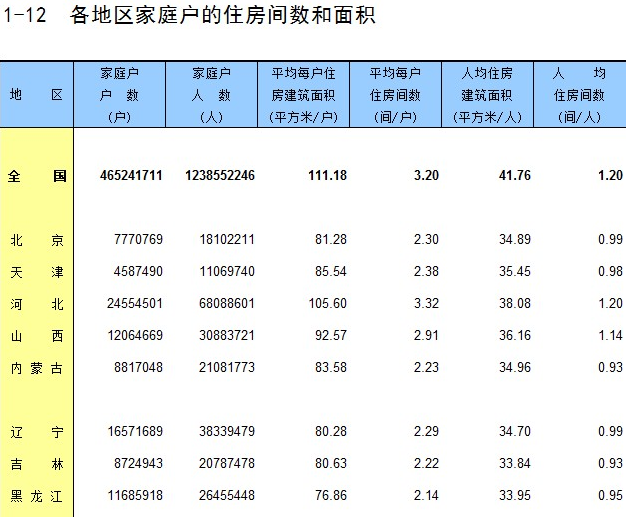
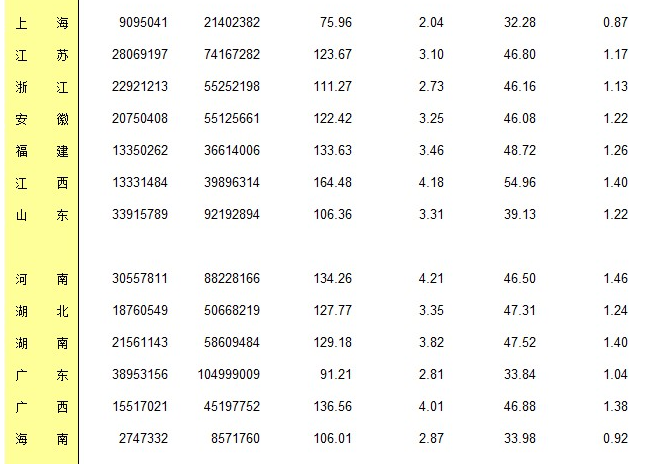
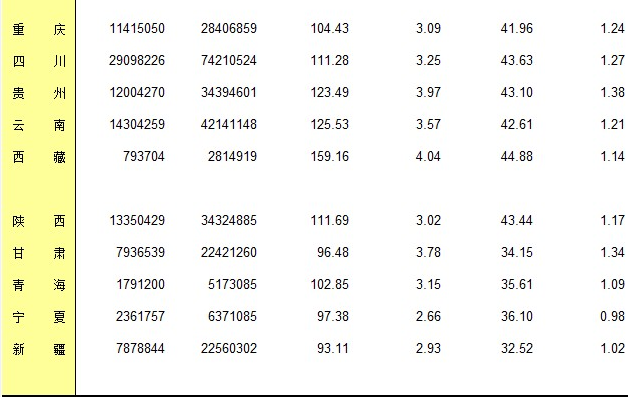
Image Source:
National Bureau of Statistics
From the perspective of the city, the per capita residential area of urban families in my country is 36.52 square meters, and the average residential area of each household is 92.17 square meters. Specifically, the three people after the per capita residential area of urban families are Guangdong, Shanghai, and Hainan, all in the southern region. Among them, the per capita residential area of Guangdong urban families is only 29.59 square meters, and it is the only province in the country with a per capita residential area of families in the country below 30 square meters. This also shows the problem of tight housing in large cities and prominent contradictions between housing.
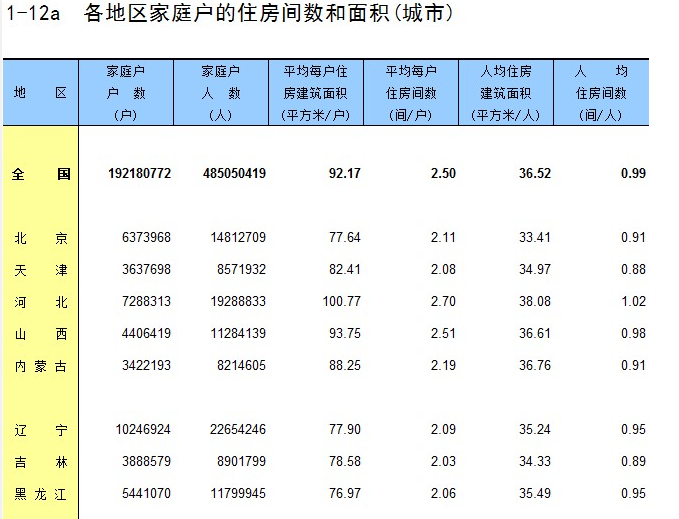
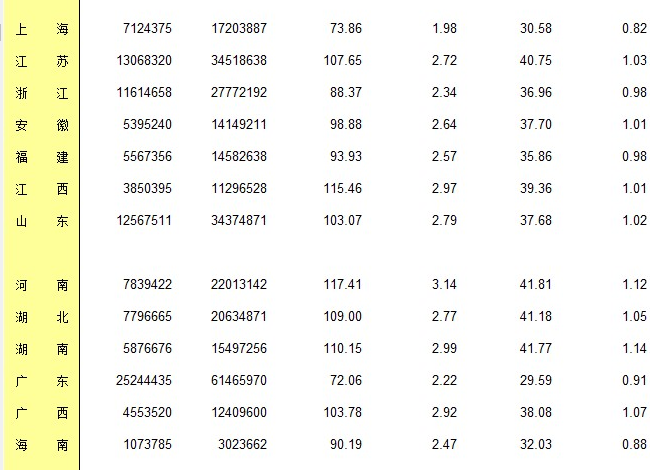
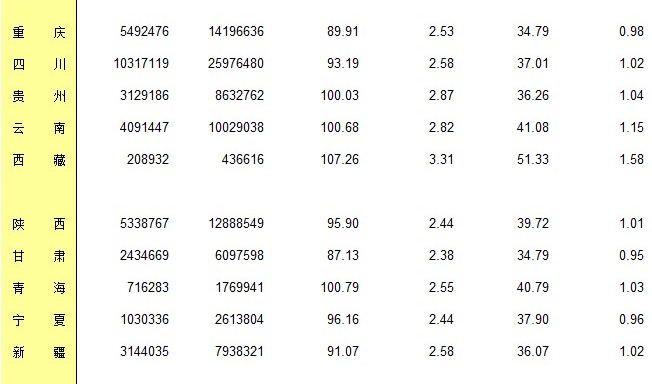
Picture source: National Bureau of Statistics Bureau website

Persist in "living in the house and not fry"
At the beginning of 1949, the per capita residence of Chinese people had only 4.5 square meters. Today, the per capita housing building area exceeds 40 square meters, which is inseparable from the strong support of the housing security system. The Political Bureau of the Central Committee of the Communist Party of China held on April 29 this year proposed that it is necessary to adhere to the positioning of the house for living, not for speculation, and support the real estate policies from various places, support rigid and improved housing needs, optimize commercial housing, optimize commercial housing Pre -sale funds supervision to promote the steady and healthy development of the real estate market. Xinhua News Agency reported in May that at present, the real estate market with a scale of 10 trillion yuan is undergoing in -depth adjustment. The underlying logic of real estate development and operation of "high debt, high leverage, and high turnover" formed in the past is changing, and the real estate industry as a high -quality basic people's livelihood industry is being established and consolidated. "The house is used to live, not for frying." Positioning has become a social consensus. This positioning was not shaken and the strength was not relaxed. Feng Jun, chairman of the China Real Estate Association, said that because of the urban policy, the city's policy cannot be separated from this positioning and direction, let alone the medical treatment, and use real estate as a tool and means to stimulate the economy in the short term. The key is to continue to implement long -term real estate mechanisms, maintain continuous stability of regulatory policies, enhance accuracy coordination, and strive to achieve stable price, housing prices, and expected goals. The real estate industry bid farewell to the development and operation model of high debt, high leverage, and high turnover, and returns to the basic people's livelihood attributes and rental purchase. At present, the fundamentals of my country's real estate market have not changed, and housing demand is still strong. The urbanization rate of the permanent population in my country is 63.9%, which is still in the stage of rapid urbanization. Each year, the newly added employment population is more than 11 million, bringing a lot of new housing demand. At the same time, a large number of old housing area, poor quality, and poor supporting facilities built before 2000, and the demand for residents to improve living conditions is relatively strong.
Edit | Lu Xiangyong Dubo
School Division | Wang Yuelong

Daily Economic News Integrate from Beijing Daily, First Finance, Xinhua News Agency
Daily Economic News
- END -
Application next year!Jimei New City New Town New Elementary School

The good news from the Pearl Primary School in the North Station of Jimei New City...
2.9158 billion yuan!The state -owned enterprises of Taiyuan "grab" 6 plots of land
Shanxi Evening News (Reporter Rong Zibing Jia Weiran) On the morning of June 22, Taiyuan held the first soil auction meeting this year. It lasted nearly 3 hours, and 6 of the 7 plots of the final shot